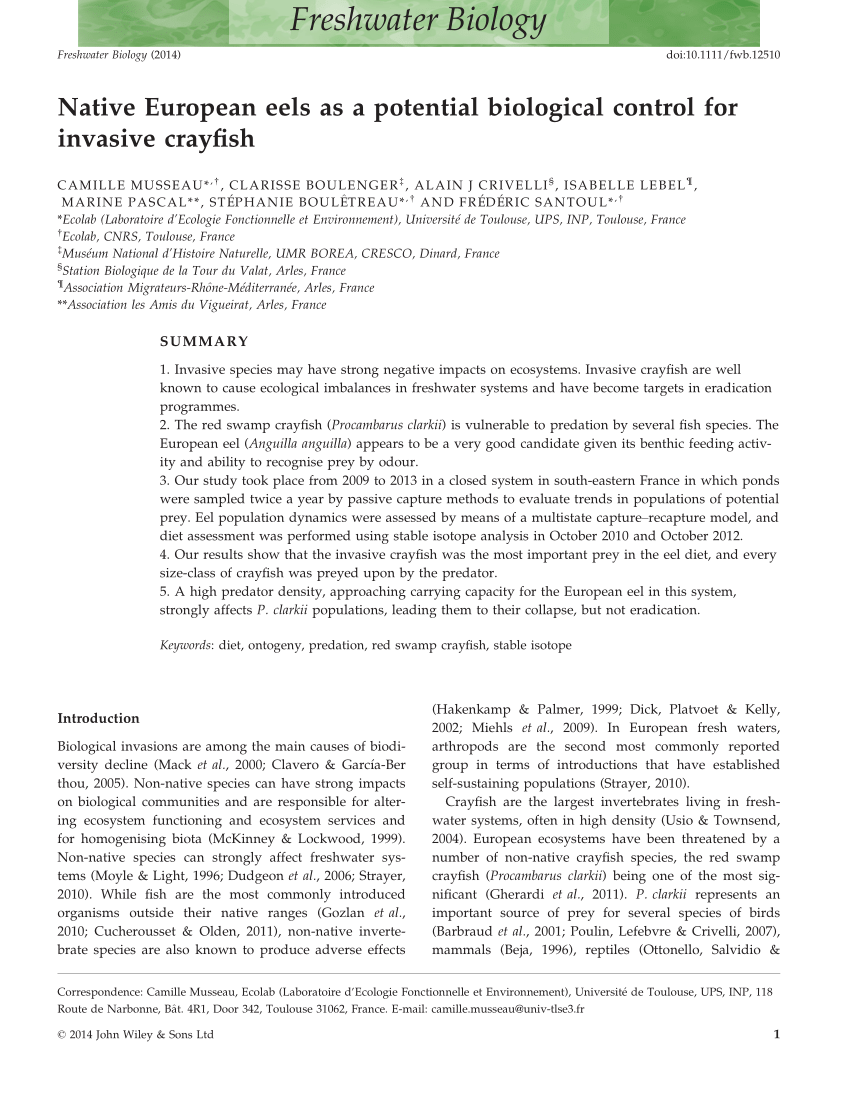Gerry Giles
Senior Member & Supporter
well worth watching lincolnshire ....>Ellie also sees how eels are being used to combat the threat from invasive signal crayfish
Follow along with the video below to see how to install our site as a web app on your home screen.
Note: This feature may not be available in some browsers.

Agree Mark. It was all a bit unconvincing. It’s probably just me, but I cant see how your average sized eel could easily consume an average sized crayfish, unless it has python/anaconda type characteristics.
Hi men,
I spoke to a couple of Oxford uni students doing a study on our precious stretch of the windrush , post otter destruction . They said the signals had such a hold the only way they could see a way to change it was Arking it ??? . That's where they kill everything and start again. Not sure they grasped the magnitude of what they were saying
. This program looked like a vehicle for showcasing a theory .
Hatter
